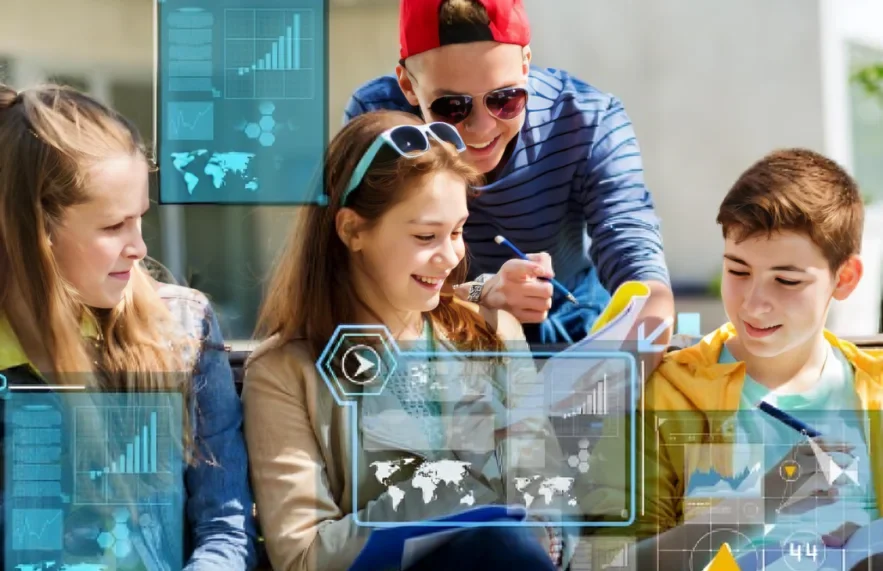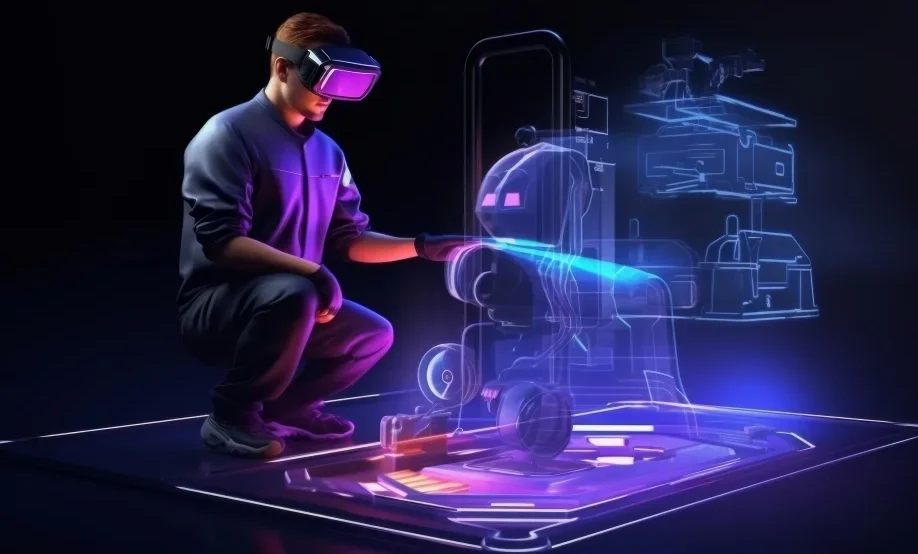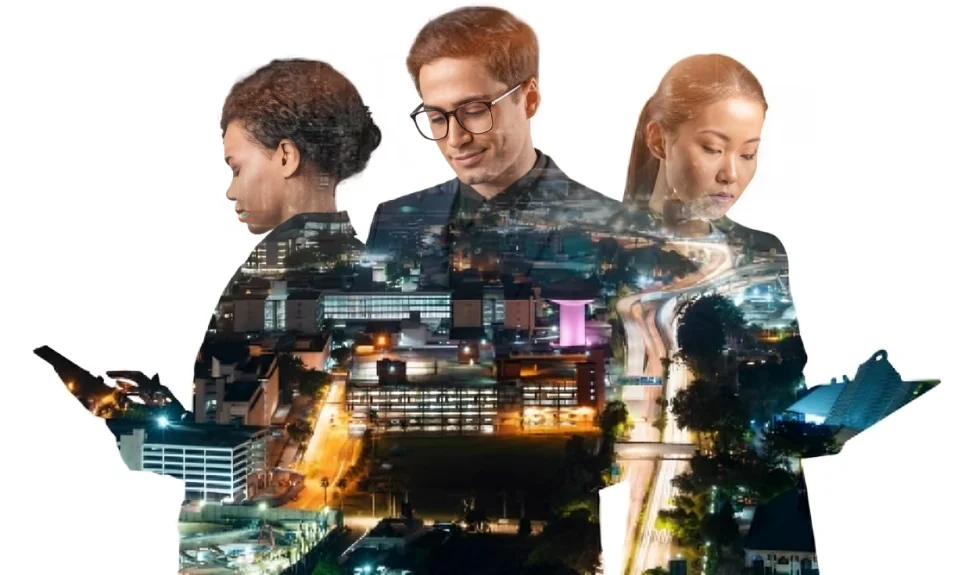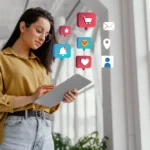AI design generator tools are revolutionizing how we create visual content. Whether you’re building a brand from scratch or crafting your next social media post, an AI design generator can instantly produce professional-quality designs with little to no effort.
These intelligent platforms use artificial intelligence to generate logos, banners, social media visuals, and more, perfect for beginners, marketers, and even pro designers looking to streamline their workflow. Say goodbye to expensive freelancers or time-consuming design software. With an AI design generator, anyone can create high-impact graphics in minutes.
What makes these tools so powerful isn’t just their ease of use. It’s their ability to understand what you want before you even finish describing it. We’re entering a new era where AI isn’t just assisting creativity, it’s becoming the creative engine behind it.
So, let’s break down what these AI design generators are, how they work, and why they’ve become the go-to solution for fast, affordable, and high-quality design work.
What is an AI Design Generator?
How It Works and Why It Matters
At its core, an AI design generator is a tool powered by artificial intelligence and machine learning that creates visual content based on user input. You tell it what you want, say, a minimalist logo in blue and black for a tech company, and within seconds, it generates multiple versions for you to choose from.
But this isn’t just random design roulette. These generators are trained on massive datasets containing thousands of successful design patterns, layouts, and visual principles. They “learn” from this data to mimic design choices that are visually appealing and brand-appropriate.
Many platforms even allow for customization, change the font, swap images, modify color palettes, and boom, you’ve got a fully personalized piece of content. The interface is usually drag-and-drop, intuitive, and built for non-designers.
So, why does this matter? Because it democratizes design. You no longer need to hire a graphic designer or spend hours learning complex software. AI gives anyone, from a teenage YouTuber to a small business owner, the tools to build visually stunning content on demand.
And let’s not forget the scalability. You can produce dozens or even hundreds of variations in a fraction of the time it would take a human. For businesses, that means faster campaigns, quicker A/B testing, and lower costs.
Why AI Design Generators are Gaining Popularity

Speed, Simplicity, and Cost-Saving Benefits
Three words sum up the rise of AI design generators: fast, easy, cheap. In a world where attention spans are shrinking and content needs to be produced at lightning speed, traditional design processes just can’t keep up.
Speed is the top game-changer here. Need a flyer for tonight’s event? An AI generator can whip it up in 5 minutes. Want ten different banner sizes for your new product? Done in 10 clicks.
Then comes simplicity. You don’t need to be a design genius or even understand the basics of typography or color theory. The AI does the heavy lifting, suggesting combinations that work and layouts that convert. For people with no design background, it’s like having a digital designer on standby 24/7.
And of course, there’s a cost. Hiring a freelance designer or an agency can cost hundreds, even thousands of dollars per project. AI tools often come with freemium models, monthly subscriptions, or pay-per-design models that are way more affordable, perfect for startups and small businesses.
Here are just a few things users love about these tools:
- One-click resizing for multiple platforms (Instagram, Facebook, LinkedIn, etc.)
- Smart templates optimized for specific industries
- Auto-branding based on your logo and color preferences
- Instant feedback and suggestions for improvement
- Integration with CMS and social media platforms
In short, AI design tools remove the traditional barriers of cost, skill, and time, making them attractive to literally anyone needing visual content.
Top AI Design Generator Tools in 2025

Canva Magic Design
Canva has long been the go-to tool for DIY designers, but its AI-powered Magic Design feature pushes the platform into a whole new league. Just describe your idea in plain English, “bold poster for a food festival with red and yellow tones”, and Canva spits out fully editable templates. It even recommends headlines, fonts, and stock images that match your concept.
Magic Design learns from your brand kit, which includes your fonts, colors, and logo, making sure every output stays on-brand. Its AI copywriting assistant can even help you write the caption or tagline, which is a massive time-saver.
Adobe Firefly
Adobe’s Firefly is their answer to generative design, and it’s mind-blowing. Integrated with Photoshop and Illustrator, Firefly allows designers to generate backgrounds, illustrations, and elements directly inside their existing workflows.
What makes it unique is Adobe’s focus on commercial use rights; their AI is trained only on licensed and public domain content, so businesses don’t have to worry about copyright violations.
With text-to-image functionality, users can create complex visuals with simple prompts, which can then be fine-tuned within Adobe’s powerful editing tools.
Other Popular Tools (Looka, Designs.ai, etc.)
- Looka: Specializes in logo and branding design. Great for startups looking to build a visual identity in minutes.
- Designs.ai: Offers a complete suite for logos, videos, banners, and voiceovers. Its user-friendly interface and multilingual support make it a hit with global users.
- Fotor and RelayThat: Known for social media automation and smart resizing for ad creatives.
Each of these tools has unique strengths. Some focus on simplicity, others on customization or branding. The best one for you depends on your specific needs, but rest assured, all of them will save you time and money.
Who Should Use AI Design Generators?
Freelancers, Startups, Content Creators & Marketers
AI design generators aren’t just for tech-savvy individuals. They’re for everyone. Here’s a quick breakdown of who benefits the most:
- Freelancers: Whether you’re a writer, consultant, or social media manager, you can use AI to quickly create graphics for clients or market your own services.
- Startups: New businesses often can’t afford a full-time designer. AI tools offer instant solutions for logos, websites, business cards, and ads.
- Content Creators: YouTubers, podcasters, bloggers, and anyone who needs thumbnails, cover art, or visuals can produce consistent, eye-catching designs on their own.
- Marketers: AI helps marketing teams scale faster. Think banner ads, A/B test creatives, product catalogs, all designed automatically and optimized for engagement.
It’s even great for students, teachers, and nonprofits who need professional visuals but don’t have the time or budget.
The bottom line? If you need visual content and want it fast, cheap, and professional-looking, AI design tools are your best bet.
Limitations and Ethical Concerns
Design Originality and Intellectual Property
Despite their strengths, AI design generators aren’t flawless. One major concern is originality. Because AI learns from existing data, it often mimics trends rather than inventing new ones. If everyone uses the same tools, the design space could start to feel… well, a little generic.
Another issue is intellectual property. Who owns an AI-generated design? You or the company that made the tool? Some platforms grant full commercial rights, others do not. Always check the terms before publishing or selling anything created by AI.
There’s also the ethical debate: is it fair to train AI on designs made by human artists without their consent? These questions are shaping how AI tools evolve, and future regulations will likely bring more transparency to the space.
Until then, it’s wise to use AI-generated designs as a base, then add your own flair. Use AI as a collaborator, not a crutch.
Future of Design: Will AI Replace Human Creativity?

Let’s address the elephant in the room: Will AI kill the designer’s job? Not quite.
AI is a tool, a powerful one, but creativity is still very much a human trait. AI can mimic style, format, and structure, but it can’t understand emotion, context, or culture the way humans do.
What we’ll see is a hybrid model. Designers will use AI for grunt work, resizing, background removal, and layout testing, so they can focus on creative direction and storytelling.
In fact, AI might create more design jobs, not fewer. As content demand skyrockets, companies will need creatives who can manage AI tools, interpret data, and bring human authenticity to AI-generated visuals.
So no, the robots aren’t taking over. They’re just helping us work smarter.
Conclusion
AI design generators are more than just a tech trend; they’re a revolutionary shift in how we create. They save time, cut costs, and bring design power to anyone with an idea. From freelancers to Fortune 500 companies, these tools are transforming workflows and enabling creativity at a scale we’ve never seen before.
While there are still ethical questions and technical limits, one thing is clear: AI is here to stay, and it’s making design faster, smarter, and more accessible than ever.
FAQs
- What is the best free AI design generator?
Canva’s Magic Design is one of the best free options, offering intuitive tools and professional results with zero design experience required. - Can AI replace graphic designers?
No, AI complements rather than replaces designers. It speeds up the design process but still lacks the emotional depth and cultural awareness that humans bring. - Is AI-generated design copyright-free?
It depends on the platform. Canva and Adobe Firefly offer commercial usage rights, but always check each tool’s licensing policy. - How accurate are AI tools in following brand guidelines?
Very accurate when set up properly. Most tools let you upload a brand kit that includes fonts, colors, and logos to ensure consistency. - What’s the learning curve for using an AI design tool?
Minimal. These tools are designed for non-designers, so most people can start creating high-quality visuals within minutes.










